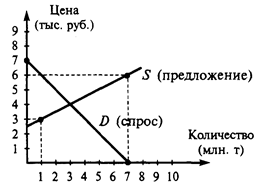AN INFANTRY BATTALION IN THE BRITISH ARMY
With a total strength of 625 officers and men, the battalion is the basic tactical unit in the infantry and is commanded by a lieutenant colonel, known as the Commanding Officer or CO. The battalion comprises the Battalion Headquarters (HQ) Company, a Support Company and three rifle companies. The CO commands from the HQ Company, which provides the battalion’s administration, command and logistic elements. The Support Company comprises the battalion’s fire support assets and is equipped with mortars, anti-tank weapons and machine guns.
Each rifle company is commanded by a major, known as the Officer Commanding or OC, and consists of a Company HQ and three rifle platoons. Platoons are numbered in sequence, for example A Company consists of 1, 2 and 3 Platoons and B Company comprises 4, 5 and 6 Platoons. Each platoon comprises a Platoon HQ and three sections. Each section has a strength of eight men and is divided into two fire teams known as Charlie and Delta. A fire team consists of an NCO and three soldiers. During wartime or on any kind of operation, the Battalion is task-organised for a specific mission and becomes a battlegroup. The battlegroup is made up of the Battalion HQ Company, Support Company and one or more rifle companies plus attached elements from armour, engineer or aviation units. On operations, the battlegroup is assigned to a brigade, which is made up of three or four battlegroups, plus artillery, aviation and support elements. The brigade forms part of a division, which is made up of three or four brigades with a total strength of about 15, 000 soldiers.
NOTE:
1. What is the difference between the terms OC and CO? 2. How many rifle platoons are there in the battalion? 3. What is the difference between a battlegroup and a battalion?
1. A battalion is commanded by a lieutenant colonel. 2. Each section has a strength of eight men. 3. A brigade is made up of / consists of / comprises three or four battlegroups. The Support Company comprises the battalion’s fire support assets. On operations, the battlegroup is assigned to a brigade. 4. The Support Company is equipped with mortars, anti-tank weapons and machine guns.
|






